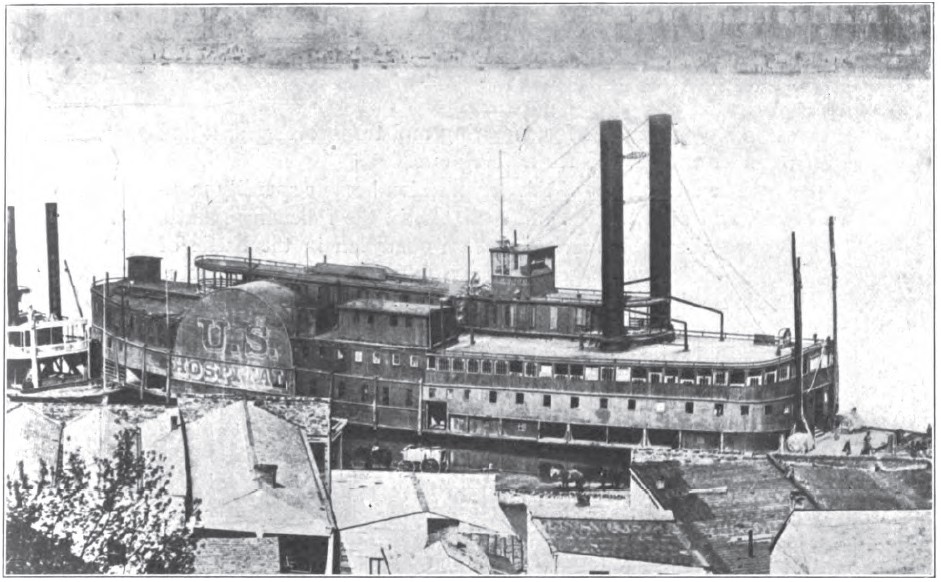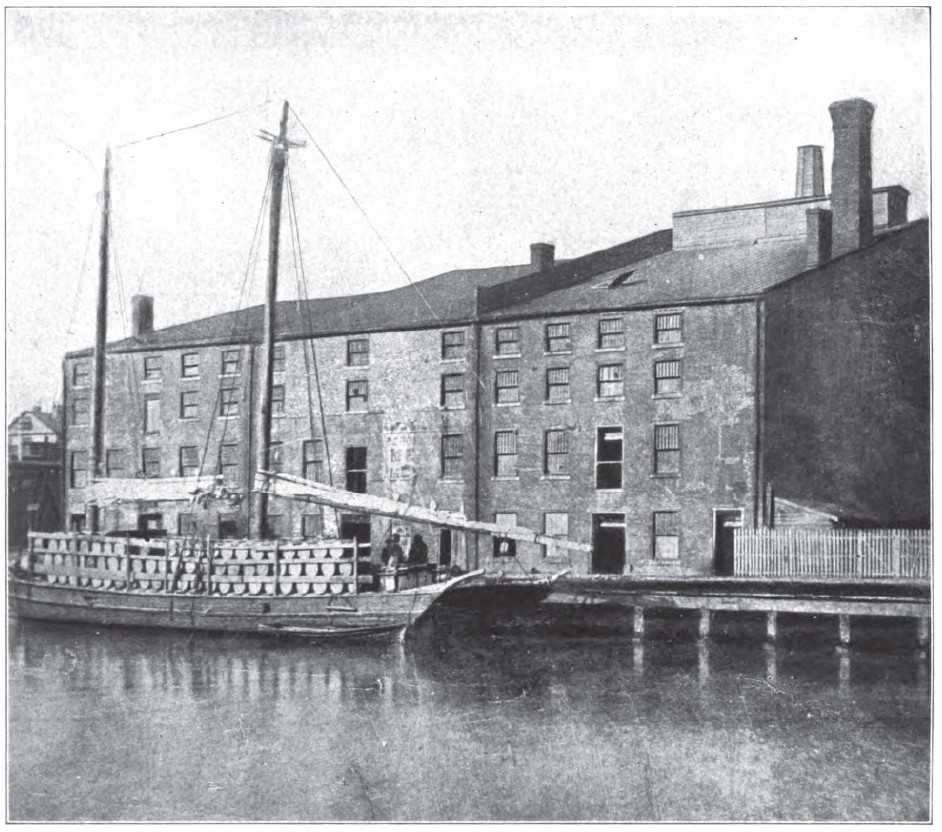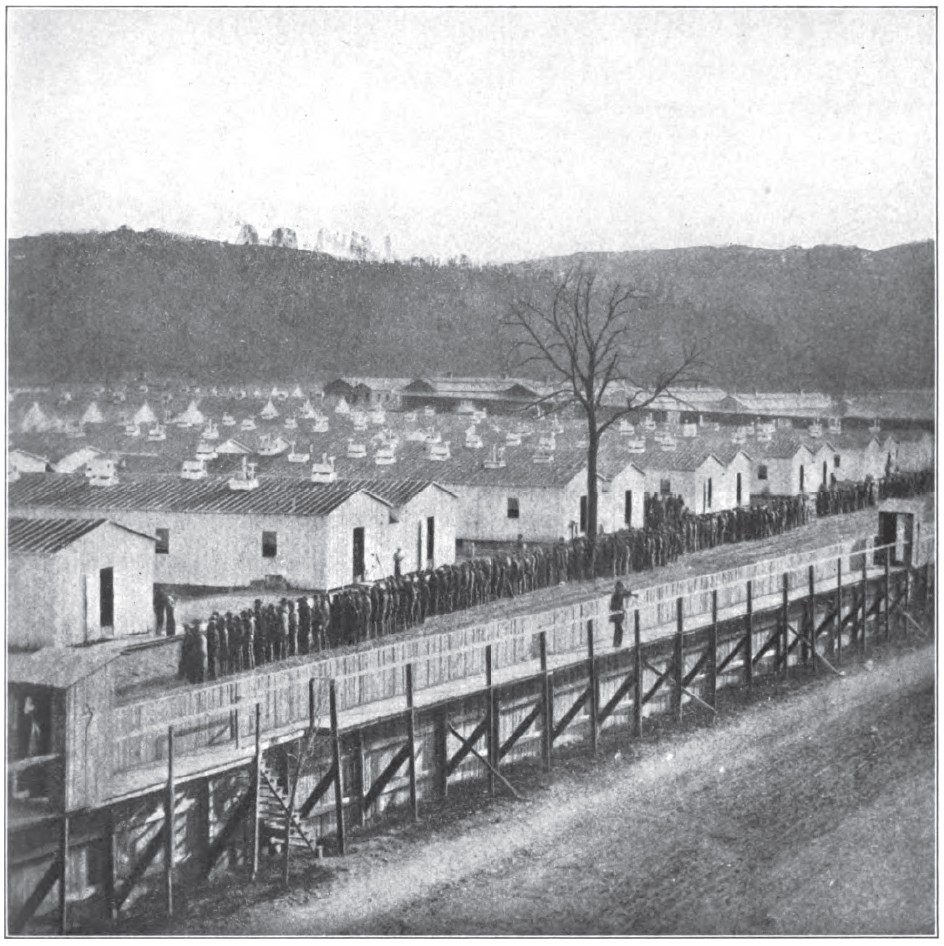Prisons and Hospitals
Posted By Norman Gasbarro on February 8, 2011
(Part 8 of 12). Contents of Volume VII of The Photographic History of the Civil War: Prisons and Hospitals.
The year 1911 was the 50th anniversary of the beginning of the Civil War. In a memorial to the war, a ten volume set of books was published entitled The Photographic History of the Civil War. This series attempted, through photographs, to do what no other books had previously done – to bring the war close and personal through previously unpublished and unavailable photographs. The series was edited by Francis Trevelyan Miller.
This post is part 8 of a 12 part series and will focus on the contents of Volume VII, Prisons and Hospitals.
Contents of Volume VII of The Photographic History of the Civil War.
Part I: Prisons.
Text by Holland Thompson
“Preface.” “Prisoners of War.” “Northern and Southern Prisons.” “Exchange of Prisoners.” “The Life of the Captured.” “Soldiers who Escaped.” “Treatment of Prisoners.” “Provost-Marshals – The Army’s Police.”
Part II: Hospitals
“The Army Surgeon and His Work,” Edward Munson. “Medical Service of the Confederacy,” Deering J. Roberts. “The Surgeon in the Field,” Deering J. Roberts. “Permanent and General Hospitals,” Deering J. Roberts. “With the Ambulance Corps,” Edward L. Munson. “Surgeons with the Navy.” “Private Agencies of Relief,” Holland Thompson.
Appendix
“The Cartel of July 22, 1862.” “Personnel of the Federal Medical Department.” “Union Surgeons-General and their Work.” “Personnel of the Confederate Medical Department.”
This volume has unlimited value for the the Civil War Research Project as many men reported being injured, wounded, or suffering from disease during their military service. The many pictures show hospitals, camps, ambulance corps, and naval facilities both North and South. In addition, there is an extensive section on prisons – where many men from the Lykens Valley area spent time during the war – some, never to return to their homes.
Michael Wolf (1838-1884), who was born in the Lykens Valley area and who served in the 50th Pennsylvania Infantry was wounded and an amputee, left arm, and spent time at Carver Hospital in Washington, D.C. A well-known picture of patients at Carver Hospital is shown in a two-page spread. Since the soldiers in the pictured are not specifically identified there is no way to know if Michael Wolf appears in the picture shown below- but there is one man who appears to have a right arm amputation. After the war, Michael moved to Illinois.
At Campbell Hospital, also in Washington, D.C., Emanuel B. Troutman (1842-1900) spent time in recovery after being wounded at Petersburg, Virginia. Before the war, Emanuel was a wheelwright in Hegins, Schuylkill County, and after the war he lived and worked in various communities in Schuylkill County including Llewellen, Branch, and Shenandoah. During the war, he served in the 50th Pennsylvania Infantry and later was transferred to the Veteran Reserve Corps.
The Red Rover hospital ship was mentioned in a previous post in conjunction with the naval service of Peter L. Metz (1843- ?). Additional pictures of Red Rover are provided in this volume, including information about the crew. Ships such as this were part of the transport system to get prisoners out of the war zones, or in the case of the Red Rover, were completely self-equipped to provide all medical and rehabilitative services.
In the section on prisons, naturally, Andersonville, the notorious Confederate prison in Georgia is given its due. Many pictures are included which show the horrid conditions of the facility. Dozens of men who have been identified for this Civil War Research Project spent some time in Andersonville and many of them did not survive the ordeal. In later posts, Andersonville will be discussed more thoroughly.
Libby Prison, Richmond, Virginia, was another of the infamous Confederate prisoner of war facilities. Henry Lauinger ( ? – 1864) was one of many who died there. Not much is known about Henry except that he served in the 16th Pennsylvania Cavalry and his widow, Fanny Corbine, was living in Dalmatia, Northumberland County, in 1890. There are several pictures of Libby Prison – before during and after the war – and a rare picture taken from the water. More information is sought on Henry Lauinger and any other men from the Lykens Valley area who were prisoners at Libby.
Finally, this book spares nothing in depicting the worst of the Union Prisons, the one at Elmira, New York. In multiple pictures, changes in the camp are shown – from tents to more permanent structures. It is not known at the this time if any men from the Lykens Valley area were charged with guarding prisoners at Elmira, but there was also a hospital at Elmira, where Hiram Gonder Hoke (1844 – ?) was sent to recover after he was taken ill, this information found in his pension application papers. Hiram was from Washington Township, Dauphin County, before the war and after the war settled in Lykens Township and later Gratz, where he worked as a miller and a farmer. He served in the 172nd Pennsylvania Infantry and the 9th Pennsylvania Cavalry. More information is sought on Hiram Gonder Hoke, especially his military service and the reason he was sent to Elmira.
For a free download from Google Books, click here and select “PDF” in the upper right corner of the page. When the “PDF” file opens in your reader, save the file to disk. Use of the file is subject to restrictions that are spelled out on the first page of the PDF. Essentially, the restrictions specify that the digital book may be used for personal, non-profit use only and that the Google Books “watermark” should not be removed from the pages.
Tomorrow, part 9 of this series will examine Volume VIII, Soldier Life and the Secret Service.
 ;
;








Comments